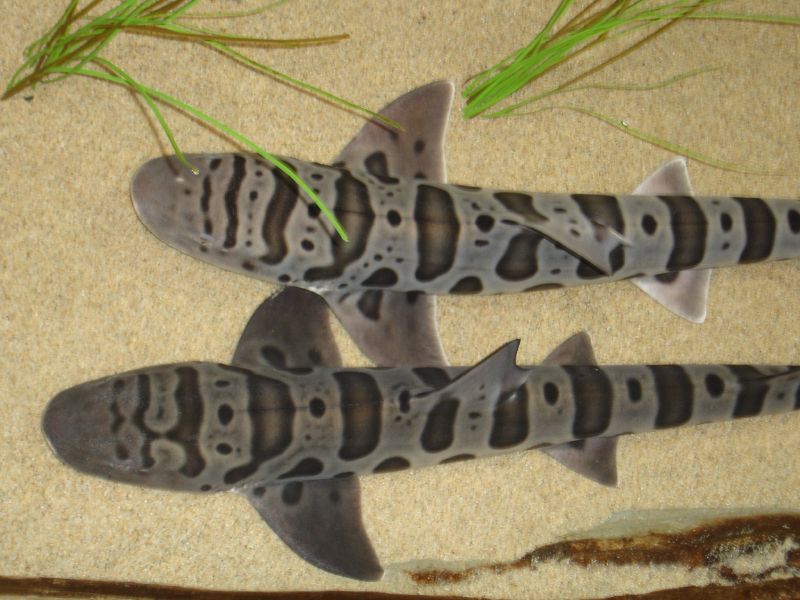10am - Pull into the parking lot at Horseshoe Cove. The view from the Cove is pretty great. This morning the Bay was covered in a thin layer of thick fog, up to the base of the GG Bridge. It cleared up as the day went on.
Thanks to its strategic location just inside the Golden Gate, Angel Island has quite a bit of history. It was the U.S. immigration station from 1910 to 1940 where hundreds of thousands of immigrants entered the country. In the 1950's and 60's it was a missile site. In 1954 the park was transferred to the California State Park system for everyone's enjoyment! Today you can camp, hike, bike, and do many other fun things on the island.
This was another BASK (Bay Area Sea Kayakers) paddle, and apparently this was one of the biggest groups they'd ever organized - I guess there were 52 boats at one point! It didn't feel so big because we broke up into pods of ~10 boats each, based on speed.
My pod was pretty pumped to get to Angel Island speedily, so I really had to focus on sitting up straight and paddling like a true Greenlander to keep up! We paddled out of the cove and around the point and north along the coast, at which point we re-grouped and paddled straight across the 2-mile channel as a group. There was almost no wind, and the sun was shining - pretty spectacular conditions for the Bay.
Everyone convened for lunch on Quarry Beach, which is on the east side of the island. We shared a potluck lunch with an obscene amount of delicious desserts.
We continued our counter-clockwise circumnavigation of the island on the return trip. The tides had picked up some speed, and the wind was blowing (more typical for a Bay afternoon). These things made the trip back a bit more adventurous, but still nothing too intense. On the way back I met a couple other young paddlers, and we did some impromptu rolling practice when we got back to the harbor.
| Line of little sailboats being towed by a motor boat. |
Date: Sunday, October 28, 2012
Time: 5 hoursDistance: ~11 miles







